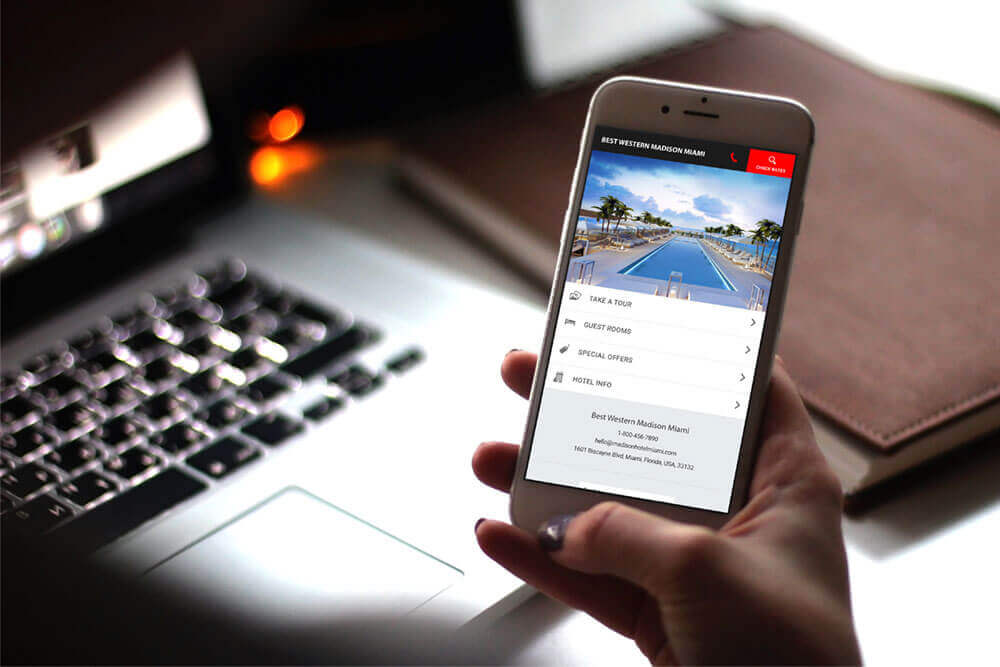
Over one third of people now use a mobile device to book a hotel room. That’s according to the latest Travel Flash Report by Criteo.
The shift to mobile continues to rise, and in 2018, hotels have an opportunity to capitalize on changing consumer habits.
As it turns out, the mobile booking landscape varies considerably between regional preferences, booking platforms, and demographics. However, there are clear patterns among the stats that hotels can exploit.
Here are some of the big booking stats to be aware of right now, followed by our own tips to boost your mobile conversion rates in the year ahead.
1. OTAs share of mobile bookings now 45%
This figure from Criteo’s Travel Flash Report reveals just how well OTAs are doing at attracting mobile bookers. The report also reveals how far hotels are behind: suppliers are only seeing 16% of their bookings from mobile.
When you look at year-on-year bookings for smartphones, they make especially stark reading for hotels. While OTA figures grew by 61%, suppliers increased by just 11%.
We’ve previously discussed why OTA mobile bookings are growing faster than hotels, which largely revolves around a superior user experience, and simplified browsing and booking process.
What’s frustrating is that suppliers haven’t kept up with overall mobile booking growth. More than ever, hotels need to address this issue and adopt some of the strategies being employed by OTAs or risk falling further behind.
2. Mobile bookings in North America and Europe behind Asia and Middle East
Criteo also reports significant variations in mobile booking trends around the globe. In North America and Europe, mobile bookings stand at just 28% and 33% respectively.
In Asia, the figure is between 45% and 49%, and it’s 53% in the Middle East.
Why the disparity?
Part of the reason seems down to regional demographics. For instance, over half of the population in the Middle East are Millennials—and their mobile usage is almost 100%. Clearly, the familiarity with mobile of a tech-savvy generation would account for these higher booking rates.
Similarly, smartphone and app usage is extremely high in the Asia-Pacific region, and shoppers frequently use mobile to book leisure activities such as excursions, dining, and cultural attractions. China itself is far ahead of the rest of the world in mobile travel trends—if you took the country’s mobile bookings just by itself, it would be the third highest source of bookings in all of Asia!




